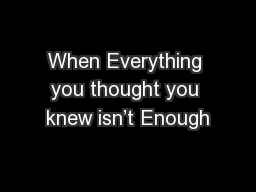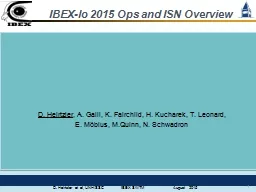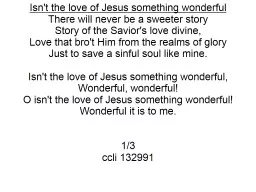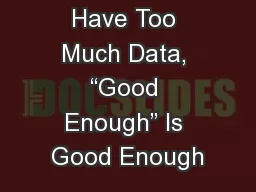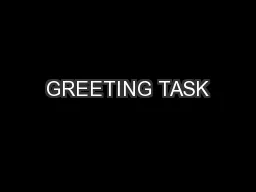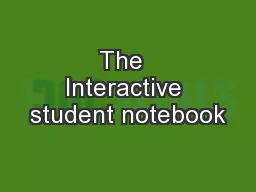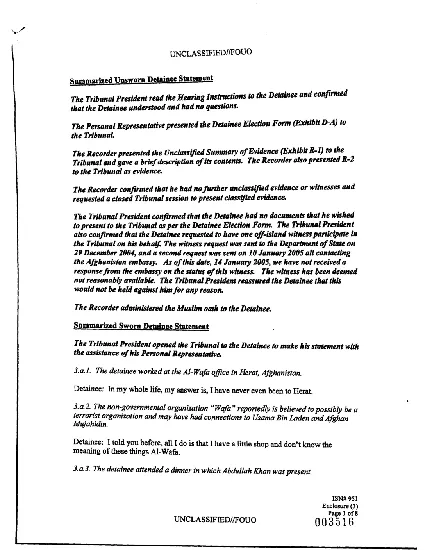PPT-When Everything you thought you knew isn’t Enough
Author : marina-yarberry | Published Date : 2018-03-20
Rev Stefan M Jonasson UUA Director of Growth Strategies Rev Tandi Rogers UUA Growth Strategist In the past Unitarian Universalists shared reliable best practices
Presentation Embed Code
Download Presentation
Download Presentation The PPT/PDF document "When Everything you thought you knew isn..." is the property of its rightful owner. Permission is granted to download and print the materials on this website for personal, non-commercial use only, and to display it on your personal computer provided you do not modify the materials and that you retain all copyright notices contained in the materials. By downloading content from our website, you accept the terms of this agreement.
When Everything you thought you knew isn’t Enough: Transcript
Download Rules Of Document
"When Everything you thought you knew isn’t Enough"The content belongs to its owner. You may download and print it for personal use, without modification, and keep all copyright notices. By downloading, you agree to these terms.
Related Documents

